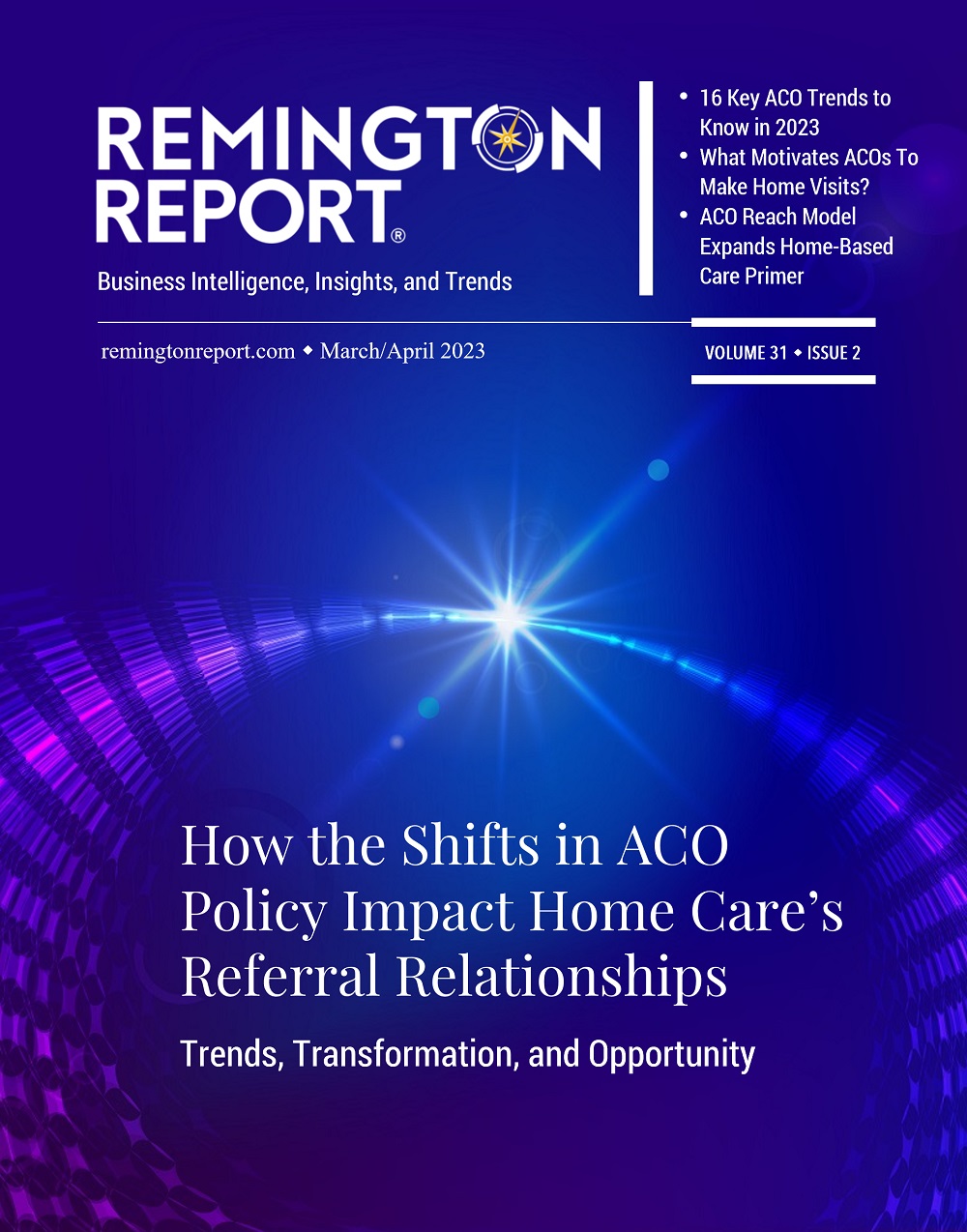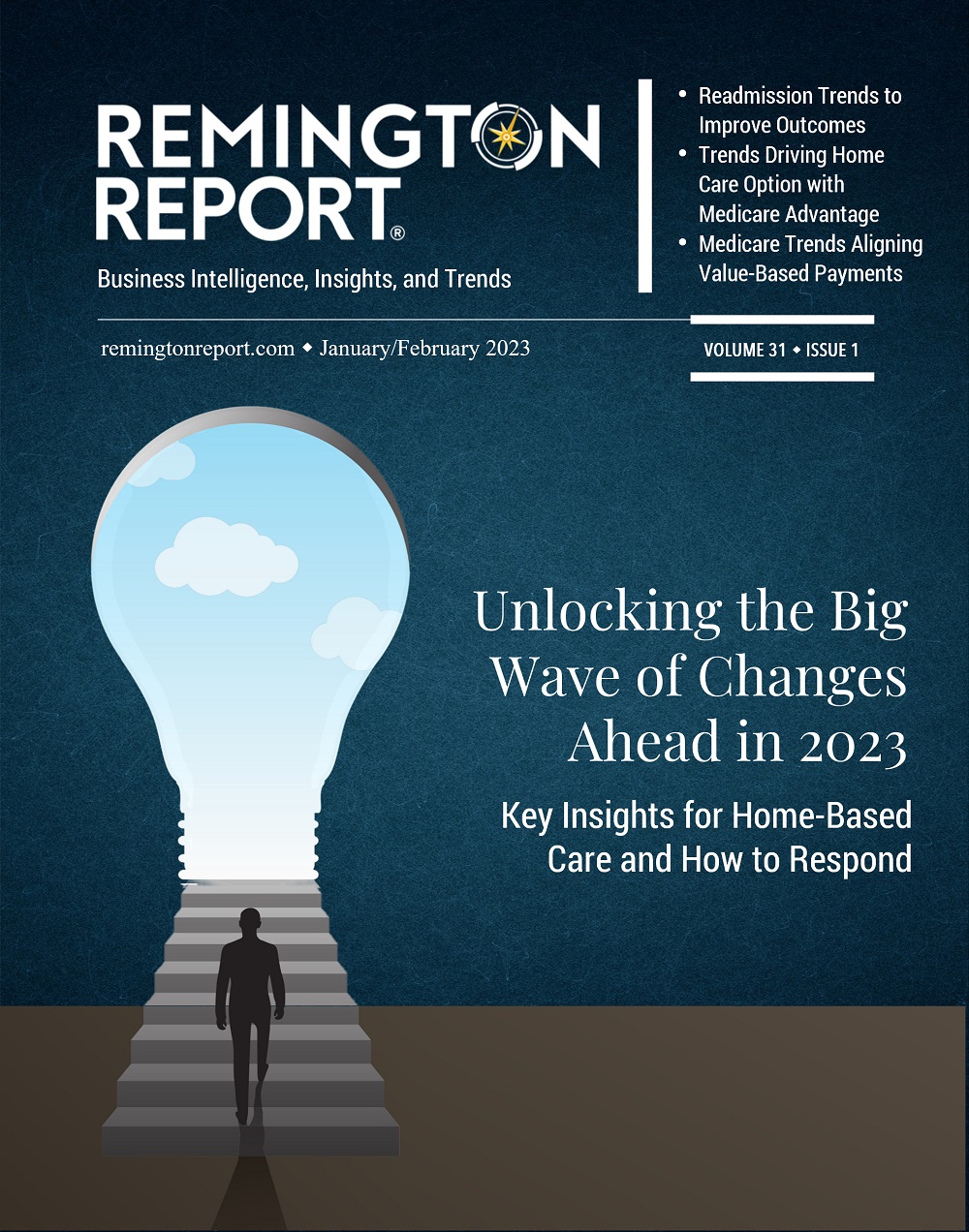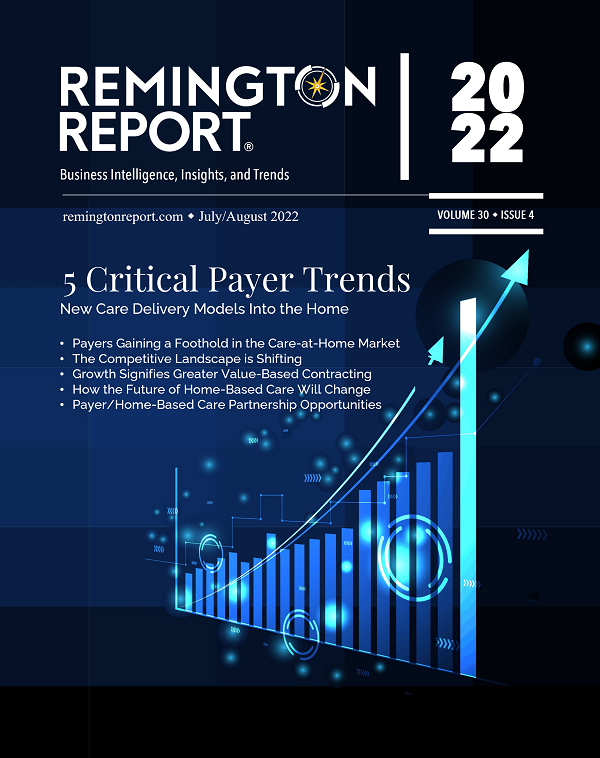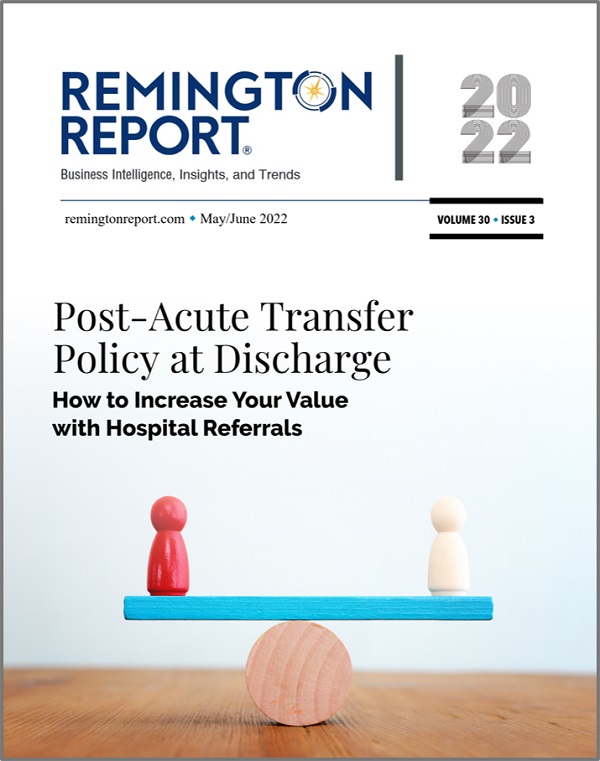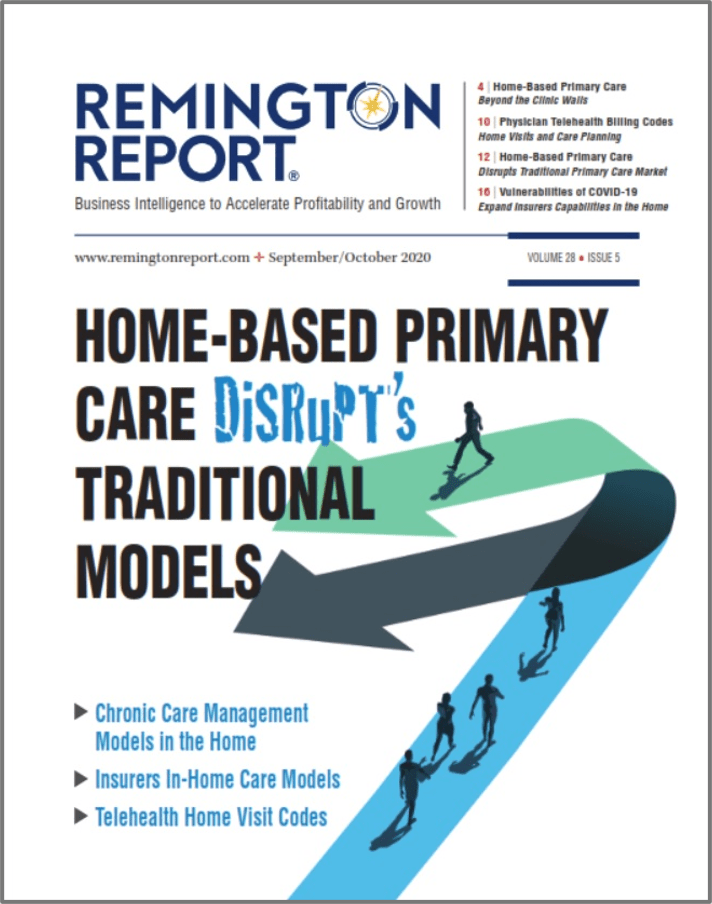The Medicare Payment Advisory Commission (MedPAC) is discussing how to proceed on creating a unified prospective payment system to improve the accuracy of Medicare fee-for-service payments for post-acute care settings (HHA, SNF, IRF, and LTCH).
A report from MedPAC staff outlined the pros and cons of an episode-based approach compared to a stay-based approach. Under an episode-based system, one fixed payment would be made for the combination of stays that a patient would make throughout an episode of post-acute care.
Carol Carter, a principal policy analyst on MedPAC’s staff, presented both options to the commissioners: A stay-based model would not change fee-for-service incentives, while a bundled payment approach could lead providers to stint care to maximize. She warned that there is a significant downside to each.
“A stay-based design is more like what we have,” Carter said. “There are fewer unknowns than going to an episode-based payment and going to a whole different amount of risk.”
According to Carter’s report is the concern that post-acute care is highly variable. One patient may need a long-term stay in a skilled nursing facility, another may need brief home healthcare and a third a combination of the two. A major downside is that a post-acute care facility will get less money for a longer episode than a shorter one because of the extended costs of care.
“Our analysis indicated that an episode-based payment design would create an incentive for providers to furnish shorter episodes over longer ones,” said Carter. “If past industry behavior is any guide, the large differences in profitability could influence provider behavior.”
The commissioners did not take action on either proposal, however they favored the stay-based approach. Others noted that there’s room to build a value-based model on top of that approach, which could push providers to more high-quality referrals and improved discharge planning.
“Episode-based makes a lot of sense, but in practice, it’s more complicated,” Commissioner David Grabowski, Ph.D., a health policy professor at Harvard Medical School, said. He said, though, that if in the future the commission wishes to recommend the stay-based model, quality measures and greater accountability would need to be included.
MedPAC’s Comparison Of Stay-And Episode-Based Design
Aspect Stay-Based Design Episode-Based Design
Payment Accuracy Accurate for most Accurate for most patient
groups groups; less accurate for
short or long episodes
Patient Selection Less likely More likely
Stinting on care Less likely More likely
Unnecessary More likely Less likely
Volume
Care Coordination More handoffs Fewer handoffs
Implementation and Easier More complications
Administration
MedPAC’s Conclusions
- Current policy results in inaccurate and in equitable payments.
- Commission evaluated stay-based and episode-based designs
-
- Compared with current policy, both designs would establish more accurate and equitable payments, but each has strengths and weaknesses
- Stay-based design would extend undesirable FFS incentives, but less likely to result in patient selection and stinting.
- Episode-based design has features that are attractive in theory but could result in unintended adverse consequences (eg: patient selection withholding of care, basing decisions to transfer or extend care on financial considerations).
Remington’s Takeaway
Fee-for-service for post-acute care is high relative to the cost of care, which also distorts Medicare Advantage and ACO benchmarks. For those that attended the 2019 Think Tank in March, this relates back to our discussion on why the healthcare infrastructure has to change to align to value-based payments. The fee-for-service payment does not align with value-based payments. Expect in the future that PAC payments either have a stay-based or episode-based design or a hybrid of one or the other. These MedPAC discussions are in preparation for the future IMPACT Act.
Read the full report: http://www.medpac.gov/docs/default-source/default-document-library/pac-pps-episode-march-2019.pdf?sfvrsn=0

Lisa Remington is widely recognized as one of the foremost futurists in the home care industry, focusing on healthcare trends and disruptive innovation. She serves as the president and publisher of the Remington Report magazine and is also the President of Remington’s Think Tank Strategy Institute. Lisa provides strategic advice and education to over 10,000 organizations, assisting them in developing transformative strategies for growth and their future implications. She closely monitors complex trends and forces of change to develop effective strategic approaches.



